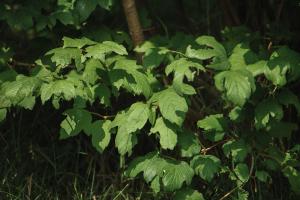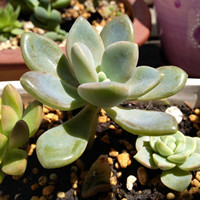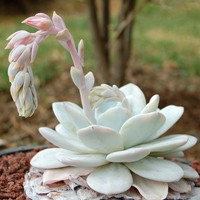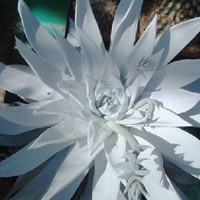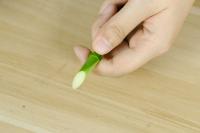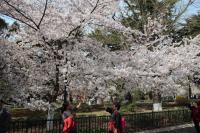How Far from a Drainfield to Plant Trees
Planting trees is a great way to enhance the beauty of your property and add value to it. However, if you have a septic tank and drainfield on your property, it's important to know how far away from the drainfield you should plant trees. In this article, we'll provide you with some guidelines to ensure your trees don't interfere with your septic system.
Understanding Drainfields
A drainfield is the area of your property where wastewater is dispersed through a series of pipes and into the soil for natural filtration. This process allows the soil to purify the water before it's released back into the environment.
When planting trees near a drainfield, it's important to understand that the roots of trees can cause damage to the pipes and disturb the soil, disrupting the natural filtration process. This can lead to the failure of the entire septic system, resulting in costly repairs.
The Distance Rule
The general rule of thumb is that trees should be planted at least 50 feet away from the drainfield. The roots of most trees, if left unchecked, can extend up to three times the height of the tree. This means that if you plant a tree that grows to be 30 feet tall, its root system can potentially extend up to 90 feet, which is well past the 50-foot distance recommended.
However, the 50-foot rule is not set in stone. The distance required between the drainfield and trees can vary depending on the type and size of the tree, the soil type, and the condition of your septic system. If you're unsure about the distance, it's best to consult a professional who can provide you with specific guidelines based on your individual circumstances.
Trees to Avoid
Some trees are more likely to cause damage to your septic system than others. Trees with invasive root systems should be avoided, as they can infiltrate the pipes and create blockages. The following trees are known to have invasive roots and should not be planted near a drainfield:
Weeping willow
Poplar
Silver maple
American elm
Instead, it's best to plant slow-growing trees with less invasive roots, such as cherry, dogwood, and Japanese maple. These trees are less likely to cause damage and can be safely planted at a closer distance to the drainfield.
Conclusion
Planting trees near a drainfield can be done, but it requires careful consideration and planning. Understanding the distance rule, avoiding trees with invasive roots, and seeking the guidance of a professional can help ensure the longevity and effectiveness of your septic system. By following these guidelines, you can enhance the beauty of your property while also protecting your septic system.

 how many times do yo...
how many times do yo... how many planted tre...
how many planted tre...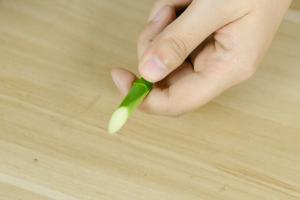 how many pine trees ...
how many pine trees ... how many pecan trees...
how many pecan trees... how many plants comp...
how many plants comp... how many plants can ...
how many plants can ... how many plants and ...
how many plants and ... how many pepper plan...
how many pepper plan...